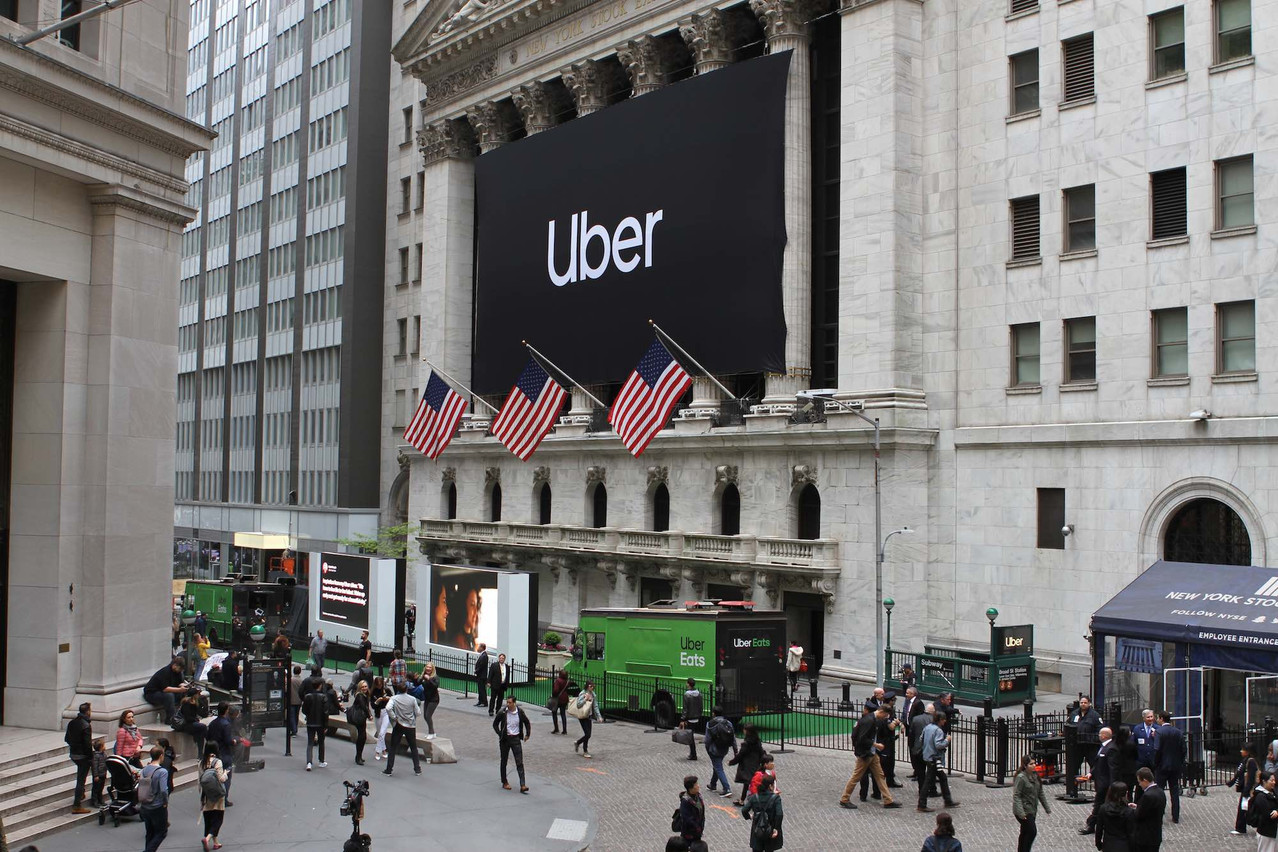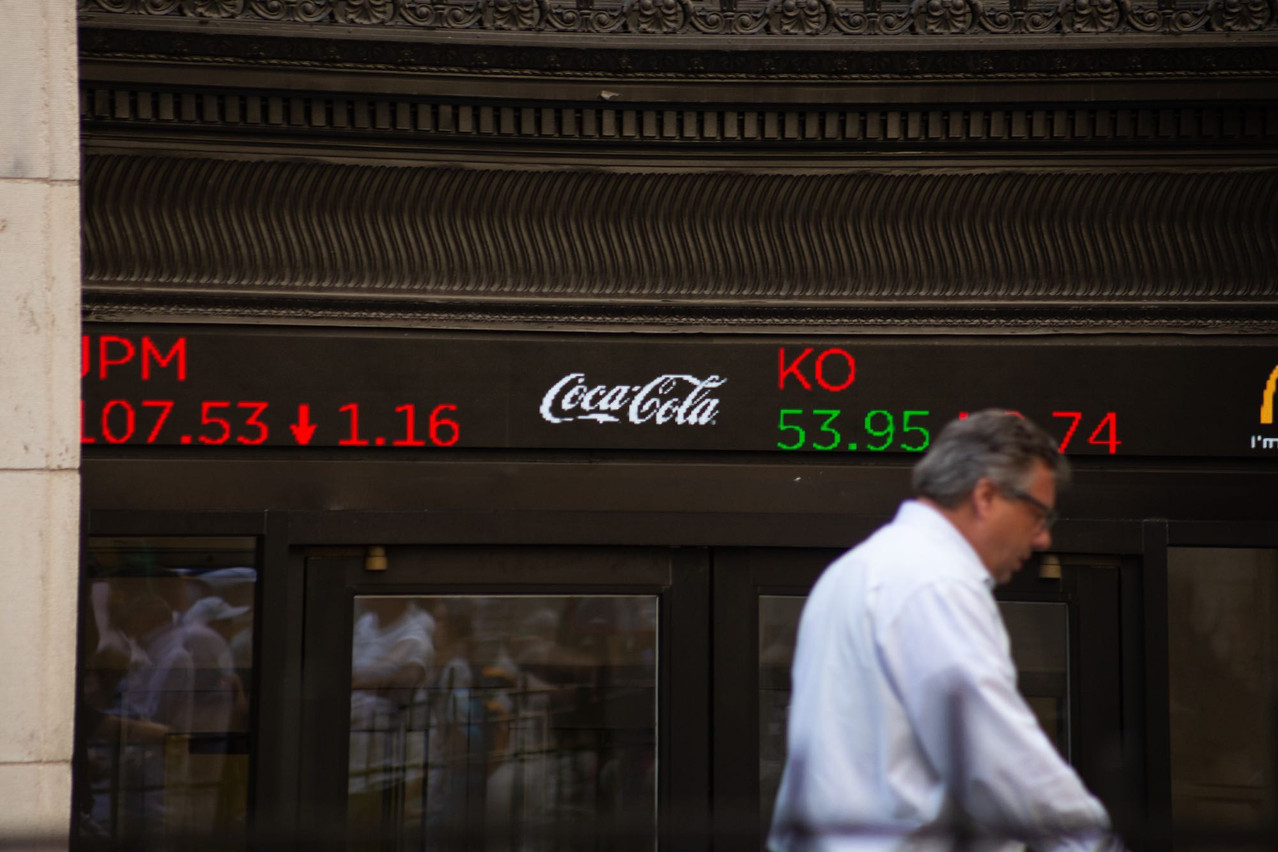If you’ve ever bought a new car from an official dealership, or a Birkin Bag at a Hermès boutique, or bought a PS5 or Xbox Series X from an electronics superstore like Saturn, then in a manner of speaking, you’ve made a purchase on the primary market.
On the other hand, if you’ve bought a used vehicle from a secondhand car site, or bid on a vintage Kelly at Christie’s or a previously owned Herbag on Ebay, or picked up a PS4 or Xbox 360 at a car boot sale, then you’ve essentially traded on the secondary market.
Primary market

Uber had its initial public offering on the New York Stock Exchange on 9 May 2019, raising $81.bn for the ride-hailing and food delivery service. This is an example of the primary market in action. Photo: Shutterstock
In the financial world, the primary market is where companies, governments and organisations raise fresh cash from investors.
“In the primary market, new stocks and bonds are sold to the public for the first time,” said .
The best known examples are initial public offerings or the sale of newly issued German bunds and US treasuries. It could also refer to an investment fund that is launching.
Secondary market

The Coca-Cola Company has been traded on the New York Stock Exchange since 1919. Buying or selling Coca-Cola shares today does not make the beverage giant any money, but shareholders might pocket a profit (or a loss). It is an example of trading on the secondary market. Photo: Shutterstock
The secondary market is where existing shares and bonds are traded. This provides liquidity to investors, letting them sell securities that they already own, either for a profit or for a loss. And it gives other investors the chance to buy securities that they could not purchase when they were first issued.
“It is what most people typically think of as the ‘stock market’,” according to .
The secondary market is well established for stocks, bonds and public market funds like . They are much less established for private market funds, although many in the investment industry .
Previous jargon busters in the series: ; ; ; ; ; , ; ; and .
This was the last instalment in this summer’s series. If you have a bit of financial jargon that you’d like decoded in a future jargon buster, get in touch with .
